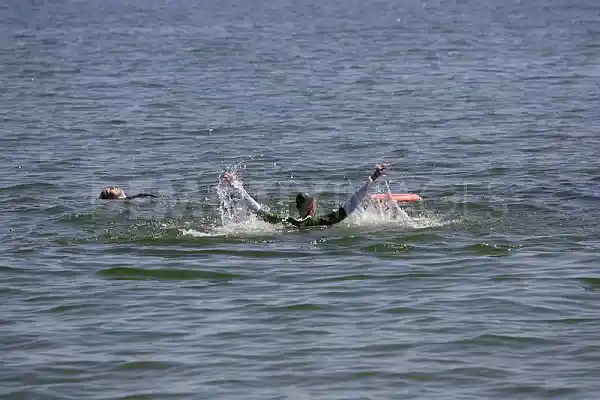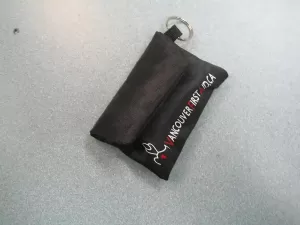First Aid Guide for Drug Abuse
Drug abuse occurs when an individual administers one or more drugs into their bodies in a way that is not in accordance with accepted medical or social norms. Drug abuse is a disorder,

Is Your Home At Risk for Flooding?
Springtime is in the air and that means you should brace yourself for the flooding season. Some regions in Canada experience flooding right after the winter season due to the accumulation

Basic Order of Procedure For Water Rescue
Rescue of a drowning person is best left at the hands of someone who is trained in water safety and rescue. However, if there is no trained rescuer available to help the drowning person,

What To Do If A Drug Overdose Is Suspected?
An overdose occurs when a person consumes more than the recommended amount of medicine or drug, to the point of being toxic to the body. Substances that can cause harm when taken in excess

Cardiopulmonary resuscitation is a staple skill in emergency medicine. Doctors and nurses receive undergraduate and on-the-job training regarding CPR but a lot of them still prefer to have basic and advanced CPR training from an AHA provider. All six of our training locations offer the same set of CPR programs, with schedules varying per provider. Our American CPR training courses rates are very affordable and are the same among all our providers.
If you need CPR training credentials, all of our courses are certification programs. You can enroll for training in a variety of ways, the easiest through the online form on our provider websites. Enrollment can likewise be completed through e-mail or telephone call. We strongly encouraged trainees to enroll in person as well.
Obesity and cardiac disease
Recent statistics have shown that one in three children are obese. Obesity is measured by plotting a person’s weight against their height; this results in a value called BMI – body mass index. Normal BMI is from 18 to 24. Any higher than 24, and the person is overweight. A BMI higher than 30 is considered obese.
Being overweight or obsese is one of the biggest risk factors for developing heart disease. An unhealthy increase in weight is typically attributed to an unhealthy diet and sedentary lifestyle. When both these factors interplay, it causes a build up of fat in the blood vessels. When the vessels are blocked with fatty deposits, especially in the vessels that lead to the heart, there is poor circulation of blood which can cause a heart attack.
How can CPR help?

Cardiac arrest is characterized by the inability of the heart to send blood circulating through the body. The heart can stop beating completely, or beat irregularly (arrhythmia). Victims often manifest agonal gasps or do not breathe at all during arrest. In order to get blood circulating normally, chest compressions are done on the victim. Compressions are given at a rate of at least 100 in a minute, using a ratio of 30:2 (compression-ventilation) per cycle.
Outside of the hospital, chest compressions will do if the rescuer is not confident in giving rescue breaths. This is called hands-only CPR. Defibrillation is used to managed arrhythmias, if an automated external defibrillation (AED) is available. Medical management can only be done in an organized medical environment, typically the hospital or even in an ambulance.
Available American CPR Training Courses
- Heartsaver CPR (Basic CPR) – general public, 4 hrs.
- Heartsaver CPR C (Basic CPR) – healthcare providers, 4.5 hrs.
- Basic Life Support for HCPs (Basic CPR)
- Basic Life Supprort re-certification
- Advanced Cardiac Life Support (Advanced CPR) – healthcare providers, 16 hrs.
- ACLS re-certification
- Pediatric Advanced Life Support (Advanced CPR) – healthcare providers, 14 hrs.
- PALS re-certification
As you can see from the list, basic courses are shorter, taking roughly four hours to complete over a single session. Advanced courses are much longer, with both ACLS and PALS taking two days to complete. Re-certification is only offered for three of our courses.
